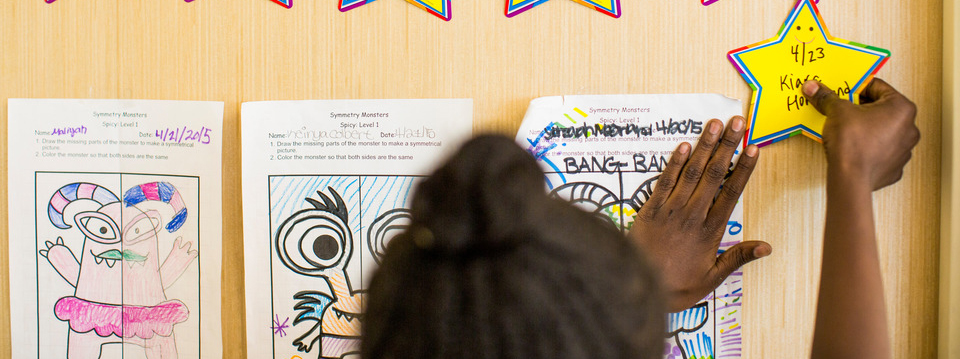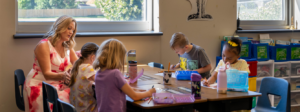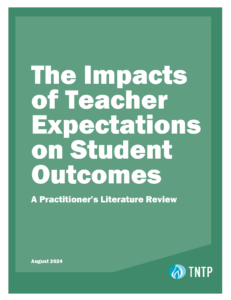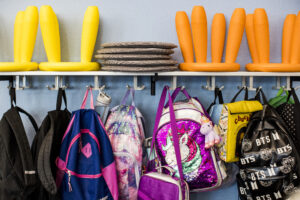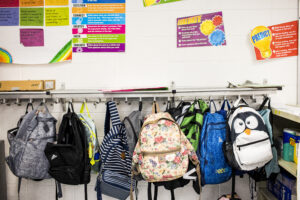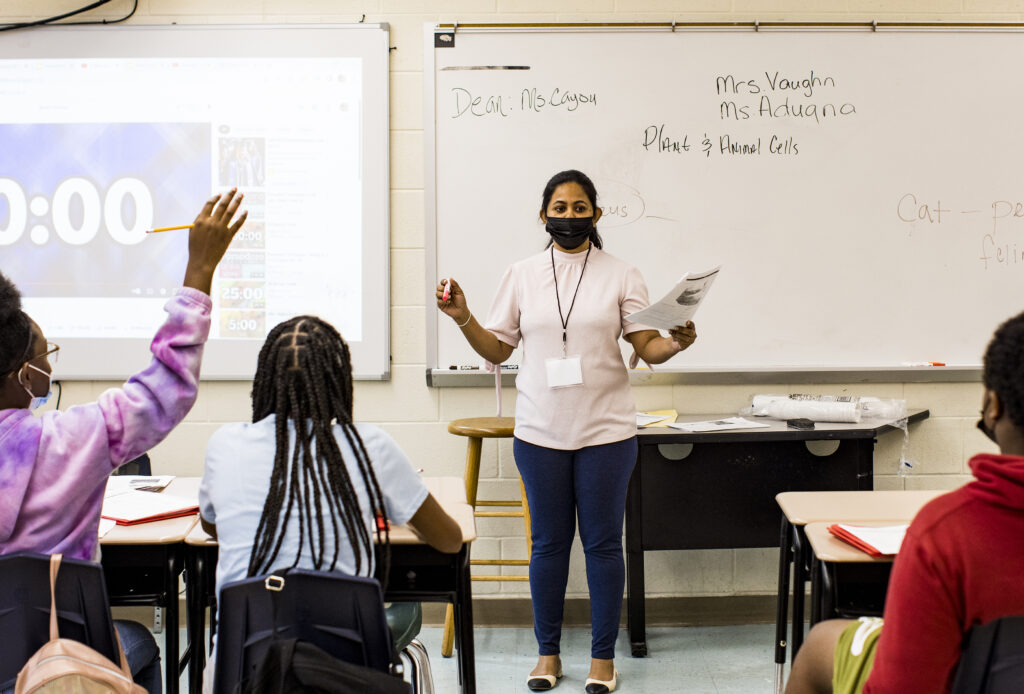More than two decades after the fact, my family still refers to fifth grade as my “lost year.”
My experience had been so lacking in academic rigor that when I found myself at a new school the following year, my sixth-grade teacher told my parents to give me extra work at home so I could catch up. He told them it was as though I’d missed an entire year of school—I was that far behind my peers. Mom came home one day from the local teacher supply store with a book titled What Your Fifth-Grader Needs to Know, and started having me practice math problems after school.
A military family, we’d moved six times—back and forth across the country to six different states plus Puerto Rico—before I started sixth grade. I’m a product of DoDEA (Department of Defense Education Activity) schools, which fall under one of just two federally operated school systems (the other is the Bureau of Indian Education).
Like other military brats, I dealt with a host of challenges that come with changing schools regularly, like different school cultures, activities, and peer groups. On top of all that, of course, kids are weathering their parents’ deployments and all that comes with them.
Changing academic expectations are far from the only thing military kids have to contend with. But they’re not an insignificant challenge. Growing up, I knew other military brats who, when they moved between vastly different school districts or states (for instance, from rural Louisiana to Alexandria, Virginia), were required to take remedial classes or even repeat a semester of a lower grade because they were so behind. While I’m grateful for the diversity of my experience and I think most military kids do benefit greatly from it (travel is an education in and of itself), it can be challenging to navigate the shifting standards.
But there are ways schools can be better equipped to help kids make smoother shifts. The Common Core is one such opportunity.
Today, all 168 DoDEA schools teach a Common Core-aligned curriculum and offer art and music to 73,000 kids from military families in 12 countries as well as the U.S. territories of Guam and Puerto Rico. These students seem to benefit from a common standard and a high bar for instruction (DoDEA teaching jobs are some of the toughest to get): DoDEA students perform better than average on standardized tests like NAEP and the SAT, and the DoDEA is now in the process of collecting long-term data on student outcomes beyond K-12. The achievement gap for minority students is notably smaller at the racially diverse DoDEA schools than at most public schools, too.
President-elect Trump has repeatedly stated that he wants to “abolish” the Common Core, and his pick for Secretary of Education, Betsy DeVos, agrees. While the Common Core isn’t a federal mandate, it’s not immune to the possible effects of this agenda; federal lawmakers could, say, try to incentivize states (or the DoDEA) to eschew common standards. For the thousands of children in military families—and increasingly, kids who move across state lines with their families for all kinds of reasons—this could be a devastating (and unnecessary) setback.
I’m lucky that fifth grade was an outlier for me, as the rest of my primary education in DoDEA schools was marked by excellent teachers and challenging content. But the effects of “the lost year” took me years to shake. I’m not alone in that: Research suggests that it’s really hard for students to catch up after falling behind, even for years to come. (Come to think of it, maybe “the lost year” is why I failed the first math course I took at West Point.)
When I think about the Common Core debate, I wonder why we shouldn’t favor a shared standard for education, as long as it’s a high one? After all, contrary to much popular opinion, the Common Core doesn’t dictate curricula. Rather, it does require that the states, districts, and schools select books and math lessons that meet the high bar set by the standards. This logic seems orderly, clear, aspirational—downright military in nature. My guess is that this is the logic that DoDEA applied when adopting the standards in 2015.
The bottom line is that shared academic standards can protect kids from suffering the effects of their own “lost years.” And amidst all the challenges facing military kids, getting a good education shouldn’t be one of them. I’m glad most military brats these days, who’ve endured so much during the past decade-and-a-half of war, have access to excellent and equitable schools. Let’s hope the incoming administration doesn’t seek to change that.
